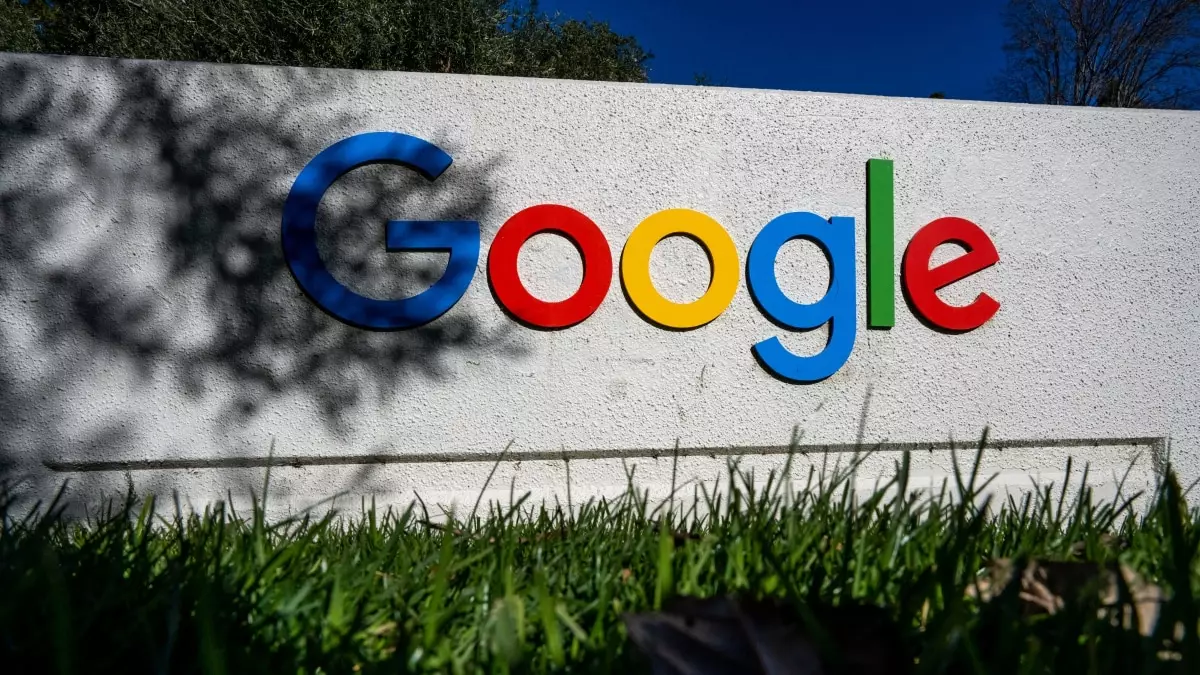In an era where technology is advancing at breakneck speed, Sundar Pichai’s commitment to expanding Google’s engineering workforce is a powerful statement. At the recent Bloomberg Tech conference, he emphasized the importance of human talent even amidst a surge in artificial intelligence (AI) investments. The contrast between Google’s penchant for growth and the job cuts seen at companies like Microsoft provides a poignant commentary on a crucial dilemma in today’s tech landscape: as we marvel at the technological possibilities opening up before us, we must also confront the stark realities of job displacement and workforce consequences.
Pichai’s assertion that Google will continue to grow its engineering ranks until at least 2026 feels almost revolutionary against the backdrop of widespread layoffs in the tech sector. He argues for enhancing engineer productivity by automating mundane tasks, an optimistic perspective that resonates well in theory. However, in practice, it raises troubling questions: will we ultimately create a world where job opportunity declines in favor of robotic efficiency? When tech giants downsize to invest in AI, employees are left in uncertainty, and the emotional toll of job insecurity can blunt the very creativity and innovation that these companies seek to bolster.
The Optimism vs. Reality of AI Development
The tech industry finds itself at an intriguing crossroads, caught between an unbridled enthusiasm for AI capabilities and a sobering awareness of its limitations. When Pichai discusses the future of artificial general intelligence (AGI), he reveals an underlying caution. While it remains a tantalizing goal, the journey to achieve AGI is fraught with complexities that no one can fully comprehend. The technological landscape can be littered with missteps, and Pichai rightly acknowledges that, despite AI’s prowess in tasks like coding, basic errors persist, leaving us to grapple with both the marvels and misgivings of this advancing frontier.
The unease over tech giants leveraging AI to respond to basic queries—narrowing traffic to human-generated content—demands scrutiny. Publishers and content creators have raised valid concerns that AI could siphon off website traffic, raising ethical questions about the impact on creators’ livelihoods. Pichai’s assurance that Google is committed to maintaining an ecosystem that benefits content creators is comforting, yet it must be scrutinized against the backdrop of company practices and the pervasive AI capabilities that could reshape digital landscapes. The path to integrating AI into everyday tasks must be accompanied by plans to support those who may lose relevance in an increasingly AI-driven world.
The Unexpected Intersection of Technology and Patriotism
At the same conference, Meta’s Chief Technology Officer Andrew Bosworth introduced an unexpected narrative for Silicon Valley—a growing patriotism that aligns the tech industry with the U.S. military. The partnership between Meta and the defense contractor Anduril Industries to develop an AI-powered helmet is a striking indicator of the shifting cultural tides in tech. It’s an alluring development, yet it raises uncomfortable discussions about the implications of technology and warfare. While some may see this union as a patriotic act aimed at national security, it also poses ethical dilemmas about the militarization of tech advances.
The infusion of tech into military endeavors underlines a fundamental aspect of the AI conversation: the dual-edged nature of progress. Innovation, when paired with military applications, transforms societal dialogues about technology from one of pure excitement to one of cautious deliberation. Here lies a central tension—how can we harness innovation responsibly while ensuring that technological advancements serve humanity’s best interests?
This intersection of military technology and consumer innovation evokes apprehension about the ramifications of AI beyond commercial applications. While Silicon Valley finds itself captivated by AI’s promises, its alliances with defense mechanisms prompt a deeper inquiry into how we frame the conversation about technological leadership. Can we prioritize collaboration over competition, ensuring that AI remains a tool for advancement rather than destruction?
As we navigate these complex landscapes, the voices of dissent and concern will remain as vital as those heralding change. Pichai’s commitment to a growing engineering workforce amid the AI revolution is a hopeful stance but also raises essential questions about balance, accountability, and our collective future in an increasingly automated world.


Leave a Reply